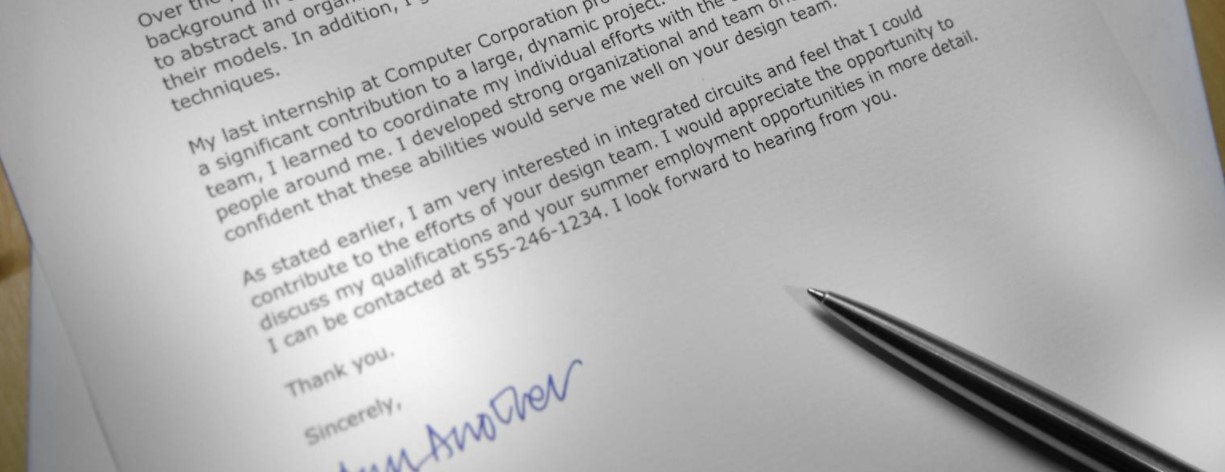Business letters are the starting point of all formal communication. They are necessary to connect with partners, clients, and investors. It is the leading path of exchanging information between businesspeople, and the way you do it is crucial.
Business letters can have various purposes. The main point is communicating with partners and making a good impression on them from the first word. The second is attracting your clients through writing and showing your trustworthiness. The third is maintaining working relationships and improving them. Finally, letters provide evidence of legal actions and transactions.
To achieve all these goals, you must create messages with strong text, logical composition, and a suitable design in each case. Keep reading to write a business letter in different formal situations.
Parts of a Business Letter

Each formal text has unchangeable structure parts. Don’t change them while thinking of how to write a business letter.
Sender’s Address
Place an address of a mailer in the heading. The best way to show it is through the printed company letterhead. You should just put an address on the top without a letterhead.
Date
The date usually stands under the address and contact information. Even if the return address is imprinted automatically, you should put a date manually. This opening part must stay on the left margin.
Recipient’s Address
A recipient’s address helps a letter not get lost in the office with tons of mail correspondence. Write on the left margin to fit in the envelope window. Include the following data:
- the full name;
- receiver’s job title and position;
- the company title;
- house and office number, street name, city, state;
- ZIP-code.
Salutation
It is a formal part that includes “Dear *recipient’s name*.” It always consists of a title and ends with a colon.
Body
Here, you place everything you want to say. Watch the format, and don’t forget to skip the line between paragraphs, the previous and the following parts.
Closing/Signature
End with a short “Sincerely” or “Thank you.” After that, leave space for a personal stamp and signature.
Enclosures
Write the heading “Enclosures” and write the names of attached documents if you have some.
How to Write a Business Letter

The purpose of a letter is to deliver the information most efficiently. There are some rules on how to write a business letter to keep in mind. Follow them, and your mails won’t gather dust in an inbox.
Limit Them To One Page
Your presentation should be concise. Practical experience shows that a busy person probably won’t go beyond the first page. Put everything you want to say on one sheet to receive the answer faster.
Keep The Tone Formal And Factual
It will make you look professional and self-ensure. Avoid uncertain phrases like “we think,” “we believe,” etc. Leave facts and polite delivery instead.
Goal of Messages
What do you want to achieve with your business letters? Write it clearly and logically, and show your will to the reader straightforwardly.
Carefully Plan Your Letter
Before you start writing the body, create a list of points to mention. It helps to reduce ambiguities and avoid misinterpretations.
Active Voice
It sounds more precise and direct than the passive voice. Passive verbs express impersonal and long, making your letter hard-hitting. If you think about how to write a business letter to a company, sound self-ensure first.
Call To Action
Tell your addresser what you want them to do. End a letter with a suggestion of the next step in your communication.
Relegate Technical Details To Attachments
When you attach technical information and documents, your main letter must briefly explain the contents and work as a cover.
Eliminate Redundant Words And Phrases
Many complicated and wordy constructions can look shorter and simplify delivery. Sometimes you cut down the third part of a text! For example, write “although” instead of “even though.”
Show Your Expertise
Show that you know what you are talking about and sound self-ensure to every reader. Create easy-to-get messages with simple language and short sentences.
Conclusion
There are many business letters, from quotations to complaints. Mentioned rules fit messages with any purpose. Use our tips on how to write a business letter template, and you will be surprised by the effect you’ll receive.


 300+ G2 reviews
300+ G2 reviews